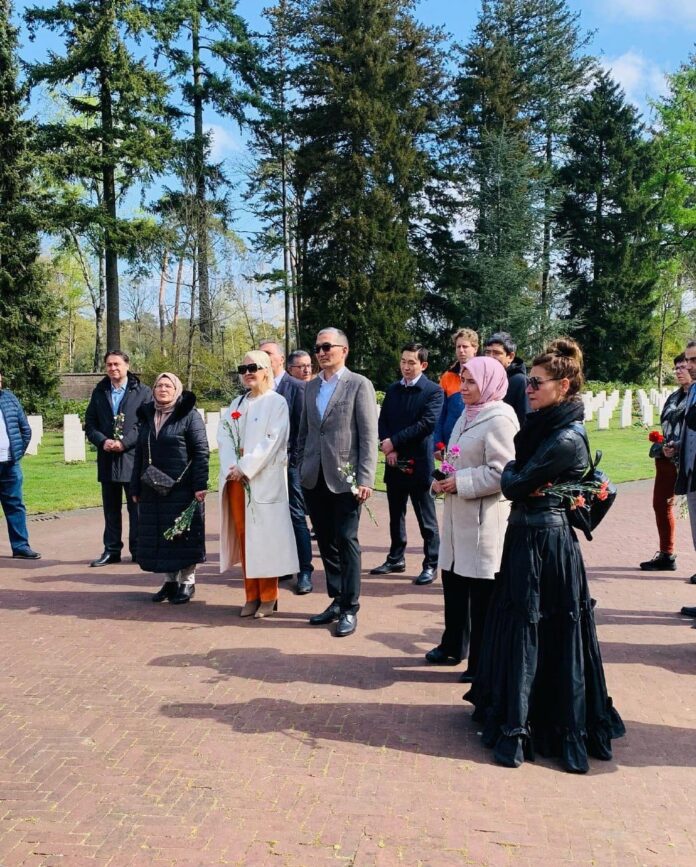The most devastating war in the history of mankind – the Second World War, moved to the territory of the Soviet Union on June 22, 1941, and was named the Great Patriotic War. This war brought unprecedented economic, military and human losses to the countries of the former Soviet Union, in particular to a number of countries such as Uzbekistan, Kazakhstan, Ukraine, and Belarus. Millions of Soviet soldiers were captured and sent to various concentration camps established in Europe in the first months as a result of the Wehrmacht’s lightning-fast war operations.
Between the cities of Leusden and Amersfoort in the Netherlands, a concentration camp, now called the Place of Sorrow, was established. The name of the concentration camp was due to the fact that the prisoners were kept in deplorable conditions, treated with extreme brutality and eventually executed.
The fate of the Central Asian prisoners of war, especially the one hundred and one prisoners from Uzbekistan, Kazakhstan, Azerbaijan and Turkmenistan, is a cause of great interest not only among Turkic peoples, but also among Europeans. In particular, journalist-researcher Remko Reyding is studying the history of the appearance of 101 POWs so far from the front line.

According to this information, a third of the Central Asian prisoners did not survive the winter of 1941-1942. Some of them were victims of medical experiments. The remaining 77 prisoners were shot in the forest of Amersfoort on the morning of April 9, 1942, because the “propaganda” of fascism was not carried out, and their bodies were destroyed using special chemical means to hide the traces of the crime. At this place, where Uzbek, Kazakh and Turkmen soldiers were executed, the Monument Koedriest has been erected. On the eve of the liberation of Holland, the Nazis also destroyed prisoners of war and their personal documents, making it difficult to carry out effective investigations.
Currently, regular events are held to remember the victims of war. In particular, a conference dedicated to the memory of the victims buried in Amersfoort was organized on April 29 of this year. It was attended by 25 representatives of Uzbek, Kazakh, Azerbaijani and other Turkic-speaking nationalities living in the Netherlands, including official representatives of the embassies of Kazakhstan and Azerbaijan in the Kingdom of the Netherlands.
During the event, the places where the victims were buried were visited and the Koran was read for their souls. Then an excursion was organized in the memorial complex “Soviet Field of Glory” and the museum part of the former concentration camp of the city of Amersfoort.
In addition, in the activists’ hall of the Eemland library of Amersfoort city, a lecture was given by R. Reiding about 101 Turkish victims, the processes and difficulties of clarifying their identity, and by journalist and translator Sharifjon Ahmad on the topic “Uzbekistan during the Second World War”. Mr. Ahmad noted in his speech about the contribution of Uzbekistan to the victory during the war years, the bravery of the Uzbeks, the military and food products that the Uzbek people sent to the war fronts.



